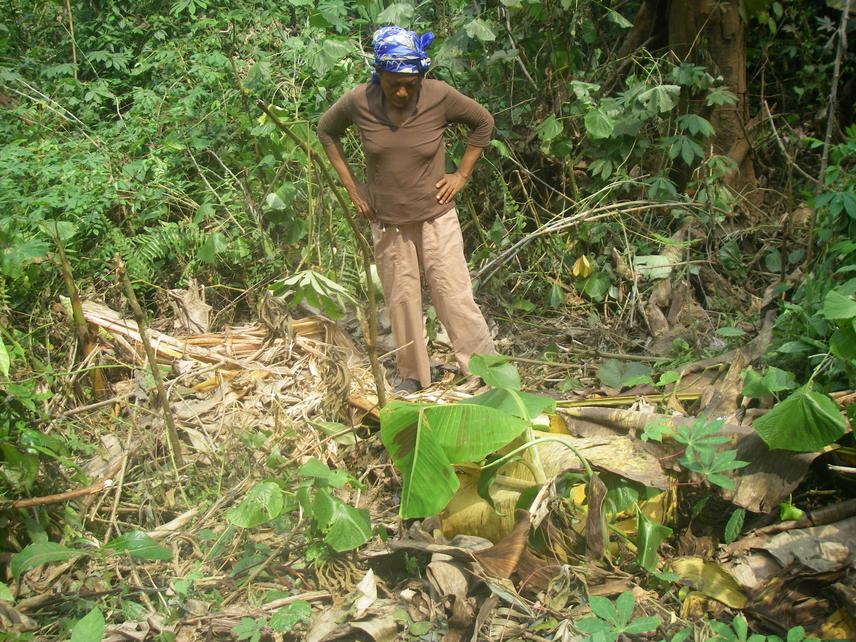Désiré Foguekem
Other projects
26 Oct 2012
Assessing the Effectiveness of the Combination of Strings, Tin Cans and Chilli Based Deterrent to Mitigate Human Elephant Conflict in Campo-Ma’an Landscape
The project aims is to gives a social insight in the elephant conflict with local people around the Campo-Ma’an NP during both wet and dry season and proposes solutions.
Scientific information accumulated over the past three years of work has improved our understanding of the importance of Campo-Ma’an National Park for forest elephant conservation. While management actions are being designed for elephant conservation based on accurate data on number, distribution and threats to survival, wildlife managers are faced with the dual increasing challenge of conserving viable species populations while also reducing their socio-economic impacts on humans. Preliminary observations indicate that, elephants pose a considerable threat to the sustainable livelihoods of rural people throughout their range. Elephants reside within the park and make incursions in nearby community’s lands. They have been known to destroy crops, injure or even kill humans. Consequently, the relationship between elephants and people is a growing conservation concern.

Elephant crop raiding around Campo-Ma’an National Park.
The first field survey commissioned by the wildlife department was to document all issues of concern for elephant conservation in the Campo-Ma’an region for appropriate land-use plan and management strategies. Unfortunately the issue concerning human-elephant conflict remains in its earlier stage due to financial and logistic resources. These unforeseen circumstances implied that our work did not cover the period of crop raiding by elephants and thus we were not able to document elephants’ incidences in all the villages surrounding the Campo-Ma’an National Park. This project proposes to gives a social insight in the elephant conflict with subsistence farmers around the Campo-Ma’an National during both wet and dry season and proposes solutions, based on a balance of cost, effectiveness and extent to which the interests of the farmers and elephants are met. Accomplished results will help establish meaningful conservation management activities for both elephant and humans at the site.
Human-elephant conflict is a fact of life wherever people and elephants coexist, and especially in the presence of agriculture. It is unlikely that conflict can be entirely eliminated but there are numerous methods that might be employed to reduce it. Both park staff and communities can be active in conflict mitigation, using a variety of complimentary tools. Before doing so, workshop and on-site training will be held. The project will concentrates on four strategic activities including surveys to assess the distribution and habitat requirement of marauding elephant; to monitor human elephant conflict using the relevant protocol; to test deterrents methods and mitigation strategies and to train wildlife staff in using relevant protocol in monitoring human elephant conflict trends.